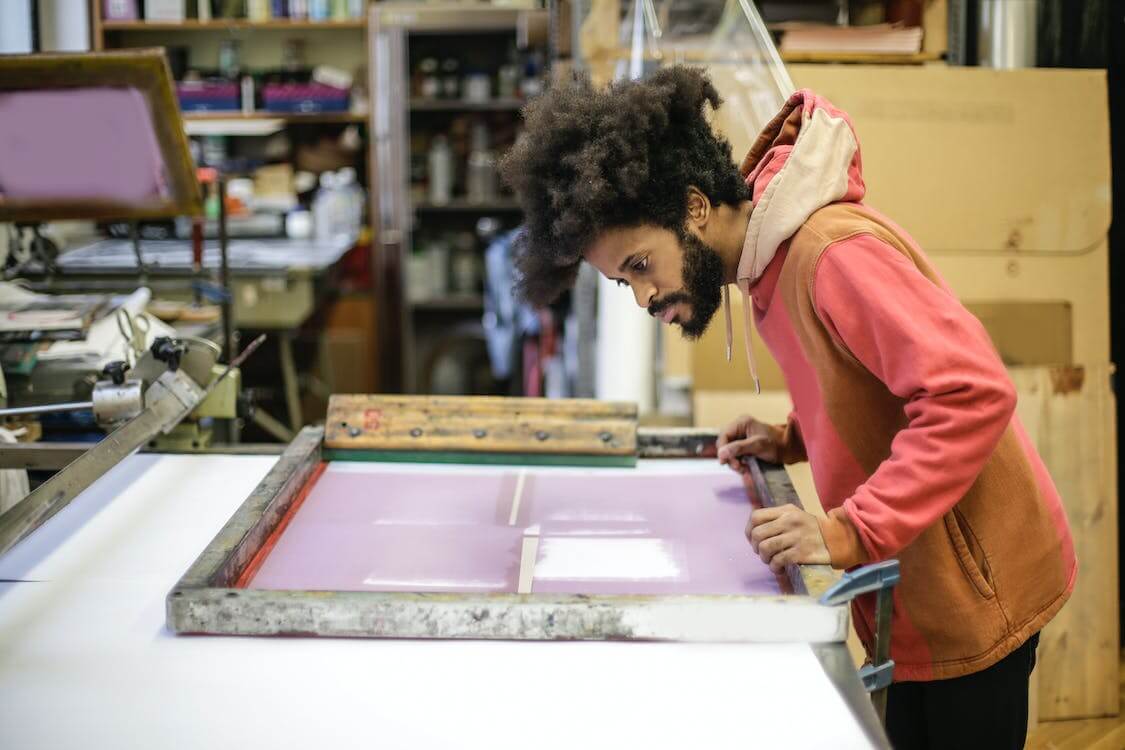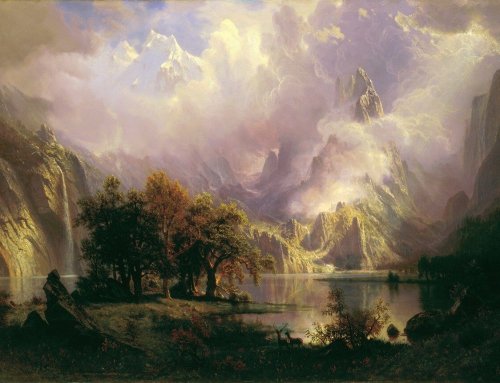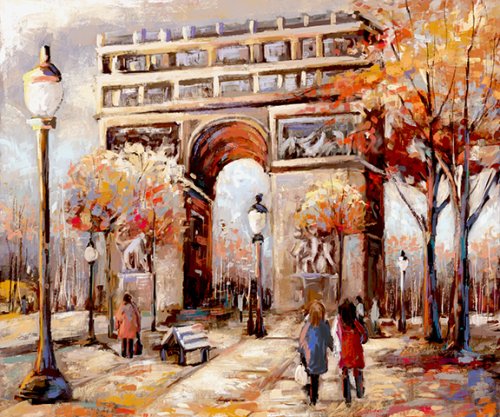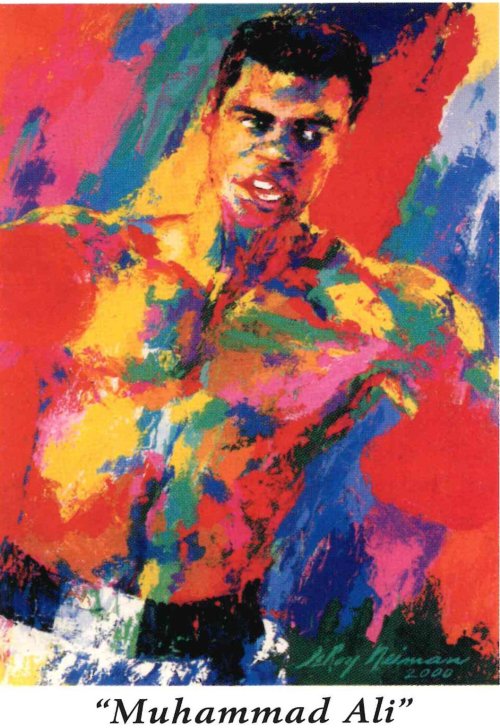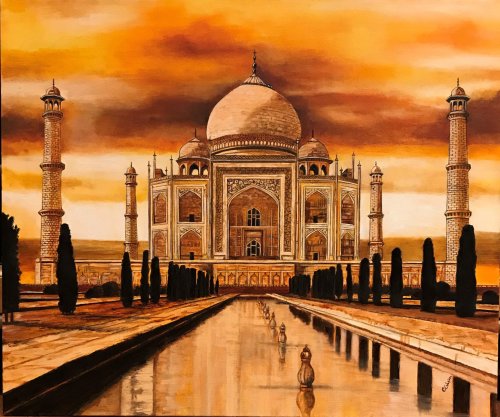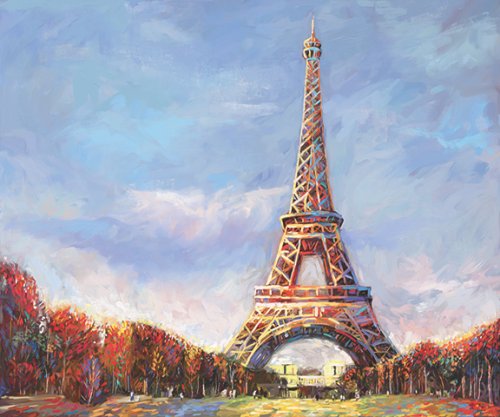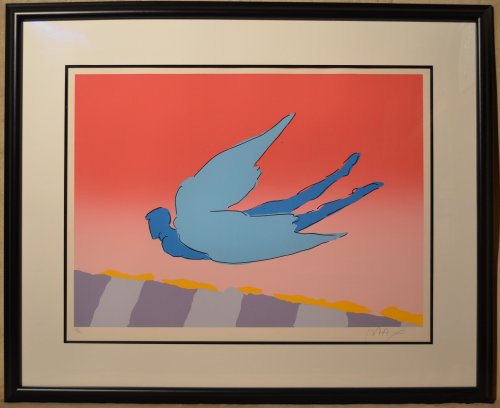Art collectors would love to buy originals–especially of the great masters. But they can be frustratingly elusive. The next best thing is art prints. Once you start looking into art prints, you will come across digital prints and higher-quality prints called lithographs and serigraphs.
Art prints created through serigraphy and lithography are reproductions of original creations. They hold value because the artist usually has a hand in their production, issuing a limited number of signed prints. Because they can be so exclusive, lithograph and serigraph prints can hold great value.
In this post, we’ll be shining a light on what exactly lithographs and serigraphs are and how they differ from each other, so you can make an informed decision about adding a new fine art print to your collection.
Lithograph vs Serigraph – The Origins
Both lithographs and serigraphs fall under the broad category of prints, but there are several important differences between serigraph and lithograph printing.
Lithographs
The word “lithograph” comes from the Greek words “graph” to write or draw on and “litho” stone and dates back as far as the 1790s. That’s when Johann Alois Senefelder, a German artist and inventor, created this printing technique. Lithographs were primarily used for commercial purposes at the time. Compared to earlier techniques, such as engraving and etching, lithography proved to be more versatile.
Serigraphs
The word “serigraph” comes from the Greek word “graph”, which means to write or draw, and the Latin word for silk (“sericum”). In the early 20th century, screen printing began to be used as an artistic medium and became an art form in its own right.
This art form came into its own with the emergence of PopArt and was made popular by contemporary artists, such as Andy Warhol, who used it to create his iconic Campbell Soup series and his portraits of Marilyn Monroe.
Lithographs vs Serigraphs: How Do They Differ?

The main difference between a serigraph and a lithograph is that a lithograph painting is made using a stone plate or metal plate, whereas a serigraph is made using a silkscreen printing process. Let’s discuss these two different methods of printing in greater detail below.
Lithography: The Process
Lithographs are made using oil-based ink, water, paper and a suitable surface, such as stone. To make the lithograph, an image is drawn with a grease crayon or by using oil on a stone surface or an aluminum (or other metal) plate. The surface is then covered in more oil-based ink, which only sticks to the oil or grease, not the rest of the area. Paper is then pressed onto the surface, which absorbs the ink.
With the image covered with ink, it is then printed carefully onto paper. That piece of paper of that specific work is the art print that is sold to collectors. When printed, a lithograph is a mirror image of the original.
Serigraphy: The Process
Serigraphs tend to be printed on fabric. The process of creating a serigraph, which is also known as silkscreen printing, starts with the silk screen being pulled tightly. Paper is set underneath the screen on a flat surface. A stencil is positioned over the screen.
With the screen, stencil, and paper in the right position, ink is poured over the screen and is squeezed through with a squeegee. Each color in the piece must be applied with a separate screen. The end result is a serigraph print.
Lithograph vs Serigraph – Which is More Valuable?
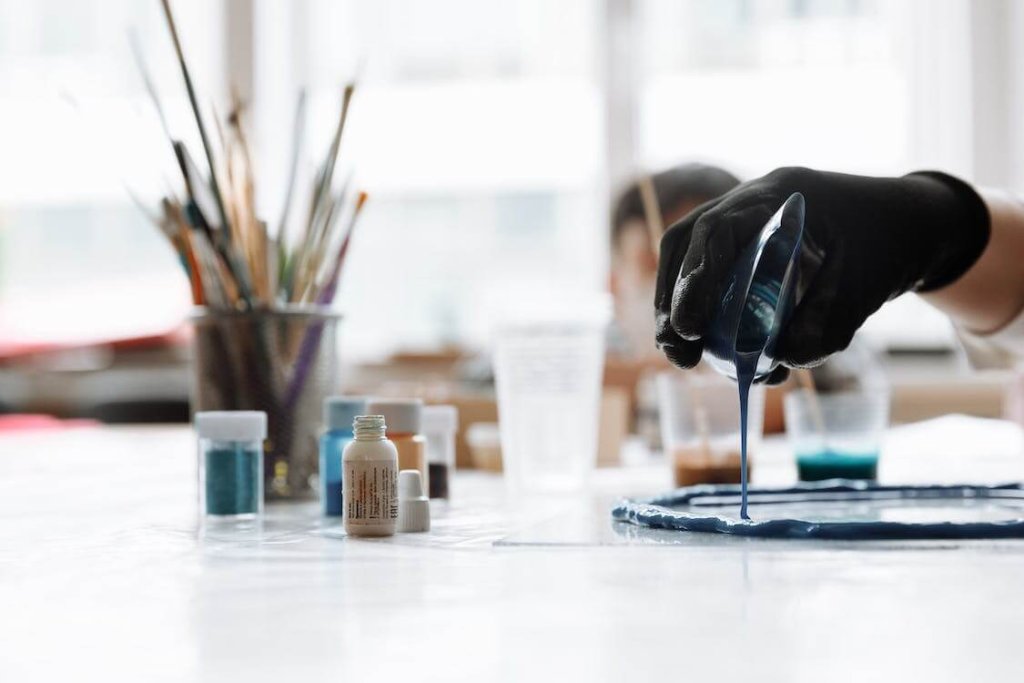
When it comes to the pricing of the two styles there are a few variables that come into play. For instance the popularity of the artist, the prestige of the gallery, the rarity of the print and whether the print is an original piece of art or a digital print. Hence, there is no set rule about which kind of print will be more valuable. With supply and demand prices may skyrocket, whether it is a serigraph or lithograph.
Build Your Art Print Collection

Print collecting is a great way to start or expand your art collection. A fine art print will always have value, in fact, fine quality prints made by the world’s leading artists can sell for thousands to millions of dollars.
Newport Brushstrokes provides an opportunity to buy reproductions of famous paintings in the World Heritage Art Treasury (W.H.A.T.) collection. So, whether you’re interested in lithographs or other art forms, you are sure to find something that appeals to you.
Art adds so much to a space, Newport Brushstrokes can help you find the right art for your home or office. -If you are a new art collector trying to build a collection or an established art collector looking to expand your range, consult the Newport Brushstrokes marketplace and access expertise to start or grow your art collection. You will find a large selection of different styles of art and at different price points.

